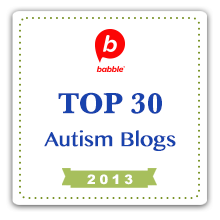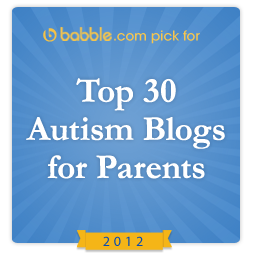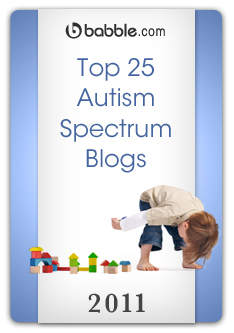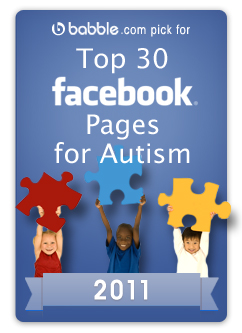One of the key characteristics of Autism is lack of communication skills but I would argue that it’s more of a communication break down. What that means is that even the most severely low functioning Autistics do have communication skills but suffer from severe communication break downs between themselves and the world around them.
What is the difference? I’m glad you asked!
A break down in communication is described as two or more individuals or groups being unable to understand each other due to differing styles or methods of communication.
Lacking communication skills implies that a person simply can not communicate at all, with anyone or anything. If you spend a day with anyone that has Autism, regardless of the severity, you know this simply isn’t true.
Let’s break this down further, because those with Autism have symptoms in a very wide range of severity and complexity, I can’t possibly cover every different variation I’ve heard of or encountered, but I hope to give you some idea of what is going on.
For many ‘low functioning’ Autistics, they are communicating with their environment in ways that we simply can not understand. The banging they do, the flapping they do, the circles they spin in… these are all ways in which they’re taking in their environment. Hitting a person, not hugging, not looking in the eye… these are forms of communication that we choose to think of as not communicating at all.
Inside, that person is trying to tell you that they need you, they love you but they can’t get it out to you in the way that you understand it. It’s a break down in communication.
Likewise, you are trying to hug them or speak to them in certain tones or you make a face at them and they don’t understand. They don’t get the sarcasm or inflection, or they don’t notice the eyes rolling that you’re doing and again, you have a break down in communication. Something you say light heartedly may be taken as very seriously, even negatively and they lash out and you are left wondering why they have these random temper tantrums.
What you need to realize is that sometimes it goes way beyond this simple break down into a whole other level of mixed signals. For example, some people with Autism may be seeing colours as you speak. Some of them may taste the sounds or even smell them. Your whispers may come across as nails on a chalk board or your yelling may come across as a fog horn inches from their ears.
Try to imagine an alien life form that comes to Earth and talks in clicks and clucks, just sounds coming from their mouths, and then when you talk they see a blinding light and their ears feel like they’re on fire.
Would you both be lacking communication skills or would there simply be a break down in communication that is very difficult to over come?
As with all things Autism, as I always say, nothing is the same for all Autistics, but this should give you a good idea of just how crazy it can be for one with Autism to try to communicate.
It’s important to remember that they can communicate. They can have the desire to tell you all the things that you want to hear. They simply are unable to get it to you in a way you’d understand. And when they freak out for what you think is a nice gesture or seems totally random, perhaps it’s not.
Unfortunately this won’t solve many problems for you, but perhaps answer some questions.
I write this today, the day of conflicting awareness events. One being Communication Shutdown and the other being Autism Shout Out (ASDay for short), because even though they may be two opposite sides of a coin, they are opposite sides of the same coin. They both have the same aim and both hope to have the same outcome.
It’s all about communication. Not the lack of it but the break down of it. Whether you stop talking or talk louder, you are communicating and that’s a very powerful thing.
Don’t take it for granted when so many can’t find a way to do it the way we do.














